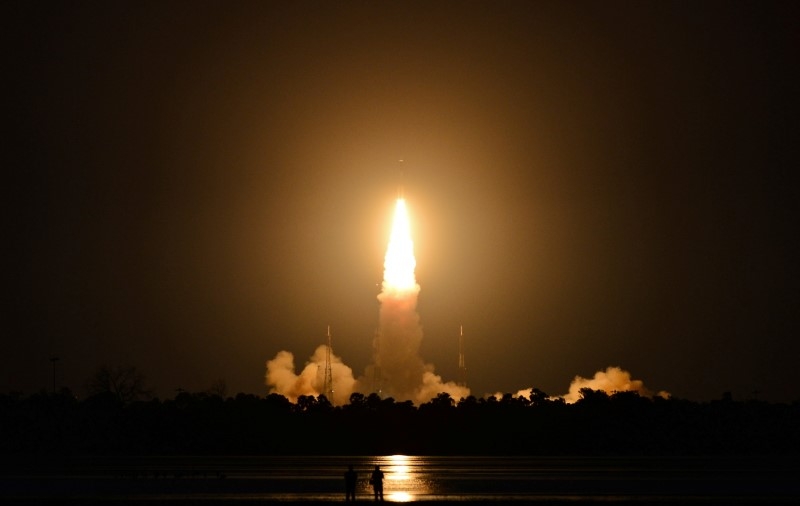An Indian space agency lost an important earth observation satellite after it failed to ignite fully in its final stage, about five minutes after lift-off, the state-run agency announced on Thursday.
The satellite, meant for monitoring natural disasters such as cyclones, cloudbursts, and thunderstorms, was launched on a geosynchronous satellite launch vehicle at 8:13 p.m. EDT on Aug. 11 from the Satish Dhawan Space Centre in southern India.
It would provide imagery and obtain data for agriculture, forestry, and marine purposes.
“Performance of first and second stages was normal. However, Cryogenic Upper Stage ignition did not happen due to technical anomaly,” the Indian Space Research Organisation said in a statement. “The mission couldn’t be accomplished as intended,” it added.
The agency did not provide any details of what has happened to the rocket and satellite after the technical fault occurred. The failure ended a streak of 16 straight successful Indian space launches.

Pallava Bagla, an outside expert, told The Associated Press that since the rocket failed to ignite in its third and final stage, it likely hasn’t “attained the velocity which would keep it in orbit” and would sometime soon fall back towards Earth.
U.S.-based astronomer Jonathan McDowell said the satellite and the rocket probably fell into the Andaman Sea, west of Thailand.
India has built a reputation as a maker of earth imaging satellites and the ability to launch them into low orbits at a fraction of the cost of Western agencies.
But over the past several years, it has moved into the more lucrative area of launching heavier geostationary satellites used for communications and meteorology.
Reuters contributed to this report.


